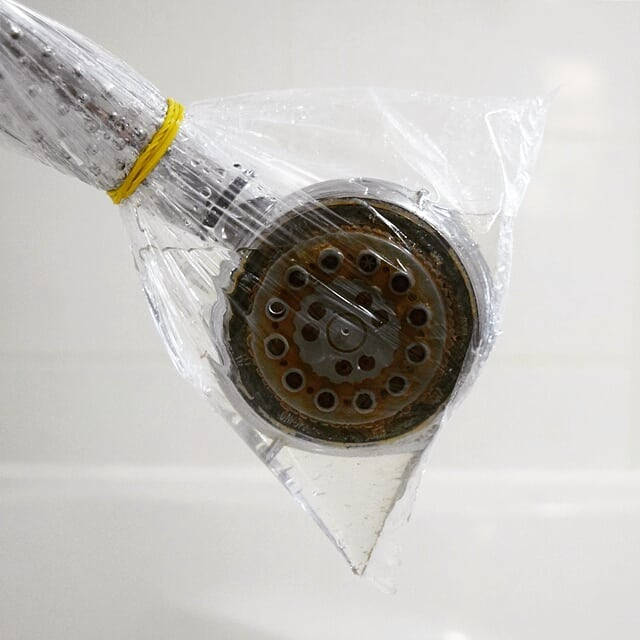If you were asked where the dirtiest place in any bathroom is, you would probably say the toilet or the floor. However, new information reveals that there is one unexpected place in the bathroom where many germs lurk. It is the shower head.

Inside Edition decided to investigate how dirty showerheads really are. They took 22 swabs from 11 different showerheads and sent them to Virginia Tech for testing. A reporter for Inside Edition asked microbiologist Joseph Falkingham (who tested the swabs), “Were you surprised by the results of this study?” I asked. He replied, “Yes, I am.” There are some worryingly high numbers.”
Inside Edition reporter Diane McInerney presents what was found in one shower head.” [Mold on showerheads, and that’s not the worst of it.” We also found that they were covered with a bacteria called mold, which can cause pneumonia.” So what can be done to avoid exposure to this harmful bacteria?

Falkingham recommends soaking the showerhead in undiluted bleach solution for about 30 minutes once a month. The bleach will kill any harmful bacteria that have accumulated there. However, after soaking in the bleach, the showerhead should be thoroughly rinsed before using the shower again. For Inside Edition’s full report on this issue, watch the video below.
How Showerheads Cause Illness
According to Healthline, showerhead disease is usually a pulmonary infection caused by non-tuberculous mycobacterium, which is found naturally in water and soil, but can also grow in home plumbing systems. Mycobacteria can also grow in showerheads, causing lung irritation, coughing, wheezing, and other health problems. The warm, humid shower environment is an ideal breeding ground for all kinds of microorganisms.
When showering, water pressure pushes particles of water containing microorganisms into the air, which can then be inhaled. Even if mold grows on showerheads, not everyone will become ill from exposure. People with underlying medical conditions (especially lung disease or conditions that affect the immune system) are usually at a higher risk of getting shower sickness.
How are shower heads cleaned?
You probably don’t think about cleaning your showerhead as often as you do your sink or toilet. However, it should be included in your regular cleaning routine to prevent the growth of potentially harmful microorganisms.
White vinegar is effective for shower cleaning and has an antibacterial effect due to its acidity. Once every few months, do a thorough cleaning with vinegar. Wiping the shower with vinegar or spraying it with vinegar once a week will minimize breeding during deeper cleaning.
If the shower can be easily removed, soak it in a bowl of vinegar for several hours or overnight. If it cannot be removed, securing a plastic bag filled with vinegar around the shower will have the same effect. Soaking the shower will loosen the stain, but may not remove it. Running the shower with hot water will help push it out. You can also use a toothbrush to gently remove stains around the shower hole. Do not use hard brushes or abrasive cleaners as they may damage the shower surface.










